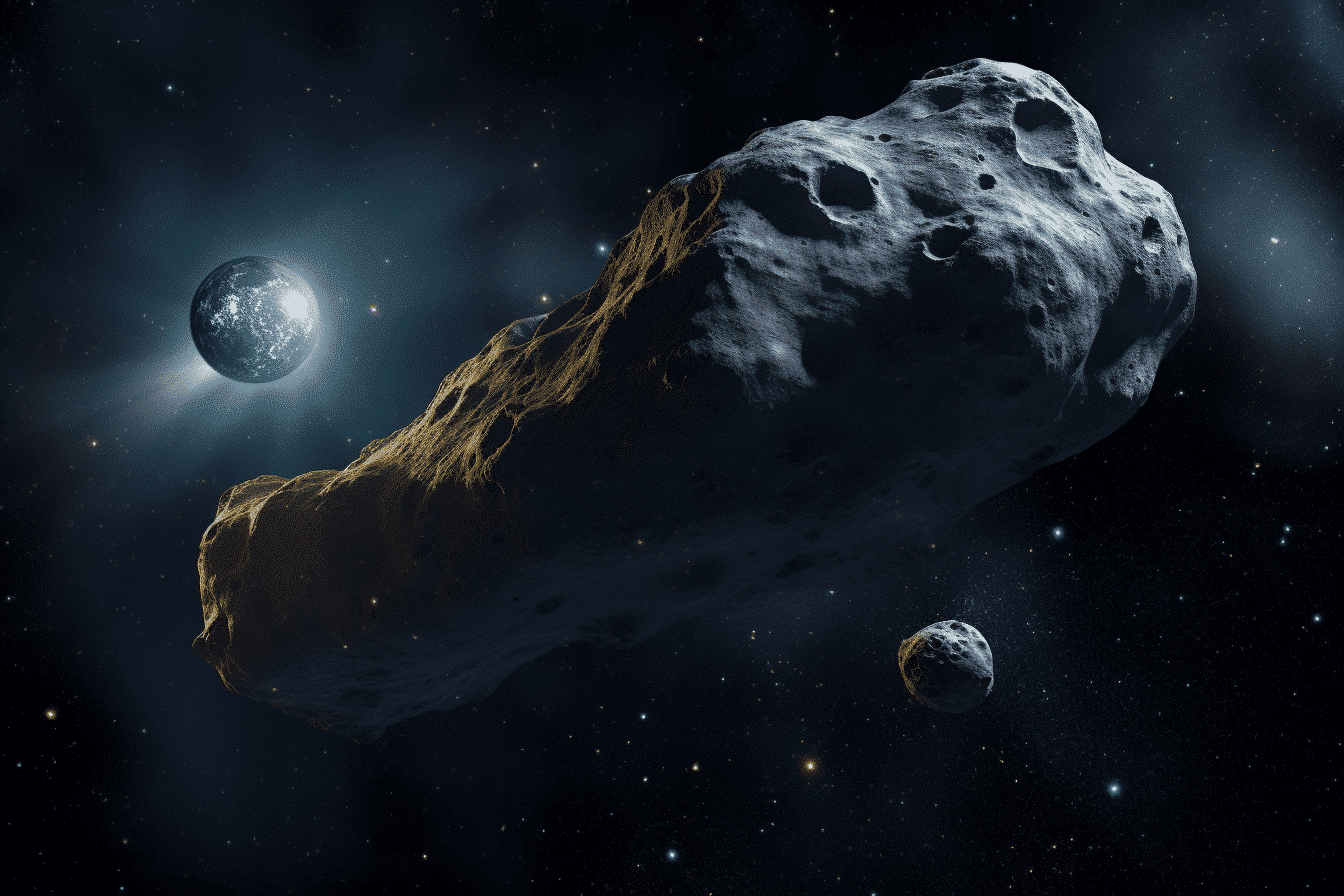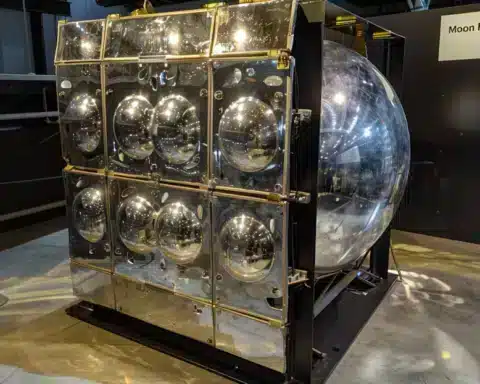In a remarkable turn of events, high school students from The Thacher School have made a surprising discovery regarding the outcome of NASA’s DART (Double Asteroid Redirection Test) mission.
The mission, which involved a high-speed impact on asteroid Dimorphos, yielded unexpected results that have left scientists scratching their heads.
Unconventional Impact
Almost a year ago, NASA’s DART mission made headlines when it successfully impacted asteroid Dimorphos, the moon of a larger asteroid named Didymos. The primary goal was to alter the asteroid’s orbit, a crucial step in developing planetary defense strategies.
While scientists anticipated a modest change in Dimorphos’ orbit, the impact had a much more substantial effect than anyone had anticipated.
Mysterious Orbit Changes
Initially, the DART mission managed to reduce Dimorphos’ orbital period by a staggering 33 minutes, far surpassing the intended seven-minute reduction.
However, what has left experts baffled is the continuing change in Dimorphos’ orbit for a full month after the impact. The asteroid’s orbit began to deviate from the expected path, perplexing scientists.
Complex Dynamics at Play
One theory posits that the impact, which created a sizable crater and ejected various materials, might have played a role in this unanticipated orbital behavior.
The high-speed collision catapulted boulders and debris into orbit around Dimorphos. These ejected materials could have interacted with the asteroid, causing additional changes in its momentum.
Dimorphos’ Post-Impact Mystery Persists
The revelation made by the high school students at The Thacher School has shed light on an astonishing celestial phenomenon. While the DART mission successfully demonstrated the kinetic impactor method for altering asteroid orbits, it has also raised questions about the complex dynamics at play during such missions.
With the European Space Agency’s Hera mission scheduled for late 2026, experts are hopeful that more insights into this celestial puzzle will be uncovered. Until then, the mystery of Dimorphos’ post-impact behavior continues to captivate the scientific community, leaving us with more questions than answers.




